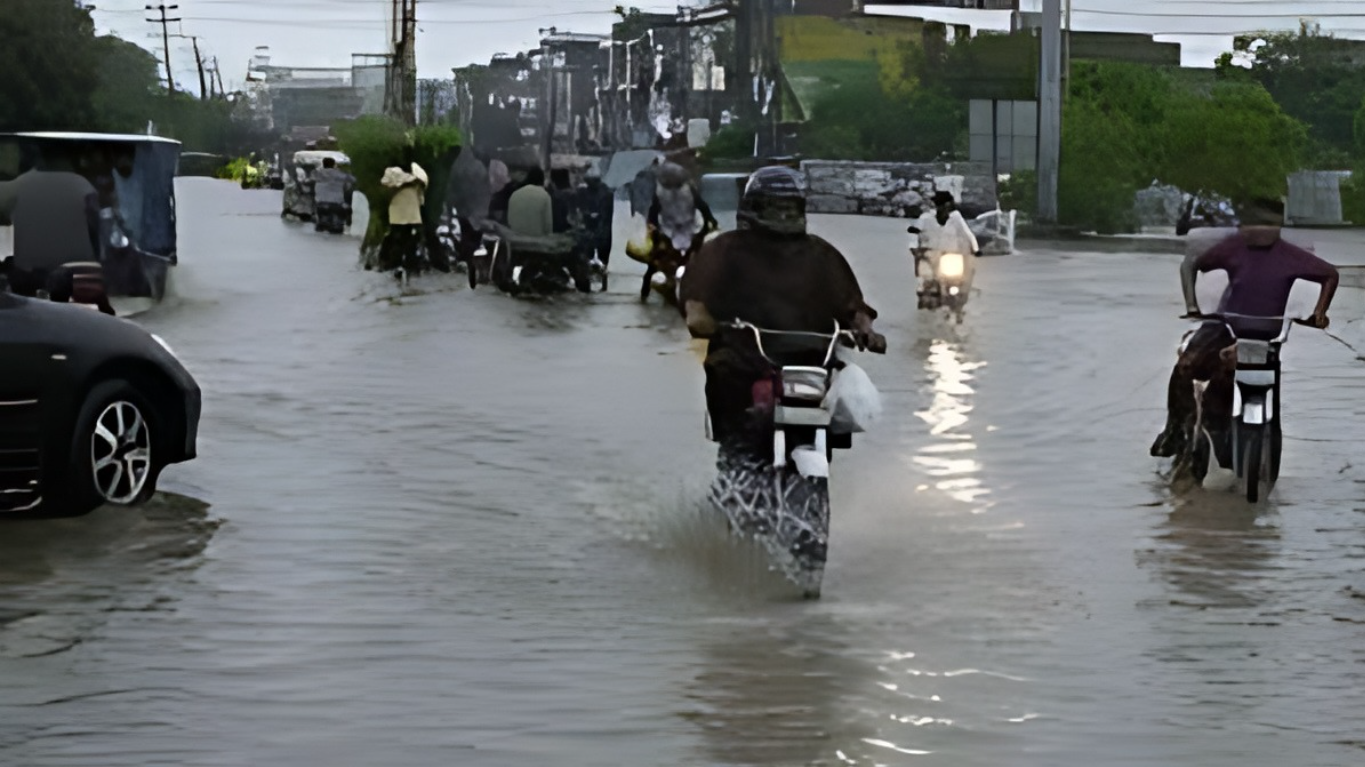The weather is about to change in Pakistan, with temperatures rising and storms on the horizon. Here’s what to expect:
Balochistan:
- From May 8th to May 10th, expect daytime temperatures to rise 3-5°C above normal.
- On May 10th (evening/night) and May 11th, anticipate rain, dust storms, or thunderstorms in various areas including Quetta, Zhob, and Mastung.
Khyber Pakhtunkhwa:
- Daytime temperatures will be 2-3°C above normal from May 8th to May 10th.
- From May 10th (night) to May 12th (morning), areas such as Chitral, Swat, and Peshawar might experience rain, dust storms, or thunderstorms. Hailstorms could also occur in isolated areas.
Gilgit-Baltistan/Kashmir:
- Expect daytime temperatures 3-5°C above normal from May 8th to May 10th.
- On May 11th and May 12th, Gilgit-Baltistan and Kashmir regions might experience rain, wind, or thunderstorms.
Punjab/Islamabad:
- Daytime temperatures will rise 3-5°C above normal from May 8th to May 10th.
- From May 10th (night) to May 12th, regions including Islamabad/Rawalpindi and Lahore could experience rain, dust storms, or thunderstorms. Hailstorms are possible in some areas.
Sindh:
- From May 8th to May 10th, expect daytime temperatures to be 3-5°C above normal.
- On May 10th (night) and May 11th, areas like Sukkur and Larkana might experience dust, thunderstorms, or rain.
Possible Impacts and Advisories:
- Farmers should adjust crop watering and wheat harvesting accordingly.
- Avoid prolonged exposure to direct sunlight.
- Be cautious of windstorms, hailstorms, and lightning which could disrupt daily routines and cause damage to structures.
- Temperatures are expected to decrease during the wet days.
Conclusion: Stay informed and prepared for the upcoming weather changes. Take necessary precautions to stay safe and minimize any potential damage.
My Opinion: It’s crucial to heed the weather forecasts and advisories to ensure safety and minimize the impact of changing weather patterns. Planning ahead can help individuals and communities mitigate risks and manage any challenges that may arise due to the upcoming weather conditions.




